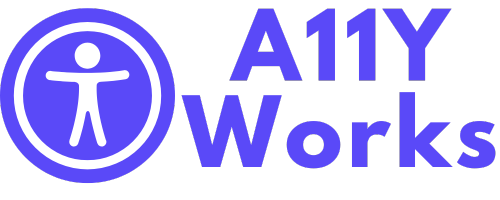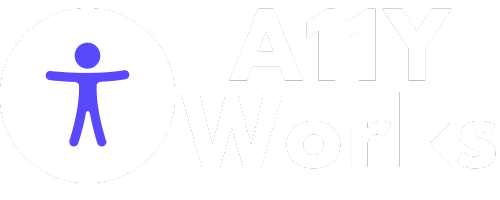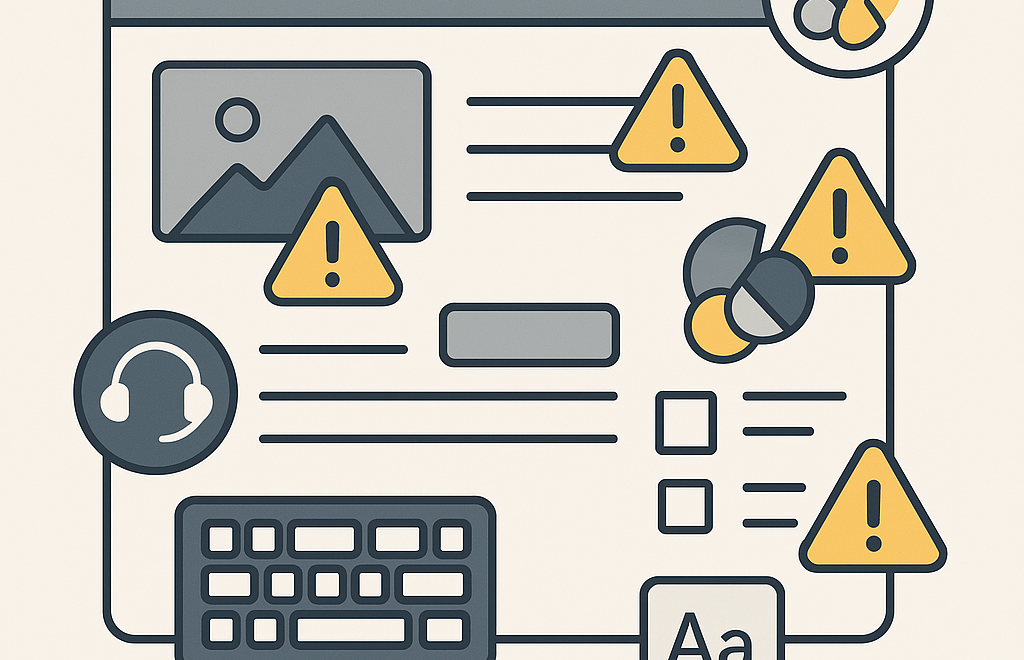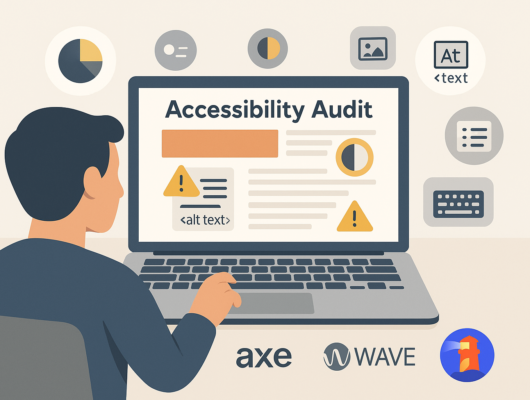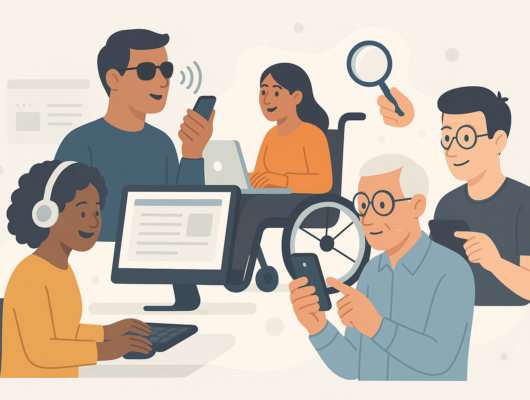Accessibility isn’t just about compliance—it’s about making your website usable for everyone. Yet, even well-designed websites often overlook common accessibility barriers that frustrate users and impact usability.
In this post, we’ll break down the 10 most common accessibility issues found on websites, along with actionable tips to fix them. Whether you’re a developer, designer, or content creator, this checklist will help make your site more inclusive and WCAG-compliant.
1. Missing or Inadequate Alt Text
The problem: Images without alt text make content inaccessible to screen reader users.
Fix: Add descriptive alt attributes to all meaningful images. For decorative images, use alt="".
2. Low Color Contrast
The problem: Text with poor contrast is hard to read, especially for users with low vision or color blindness.
Fix: Use tools like WebAIM Contrast Checker to ensure a contrast ratio of at least 4.5:1 for body text.
3. Missing Form Labels
The problem: Screen readers can’t announce unlabeled form inputs, confusing users.
Fix: Always associate labels with inputs using the <label for="id"> pattern or wrap the input inside the label.
4. Inaccessible Keyboard Navigation
The problem: Interactive elements can’t be reached using the Tab key alone.
Fix: Ensure all buttons, links, and inputs are focusable and operable via keyboard. Avoid tabindex="-1" on essential elements.
5. No Skip Link
The problem: Keyboard users must tab through repeated content (like nav menus) every time.
Fix: Add a “Skip to main content” link at the top of the page that anchors to the main content area.
6. Improper Use of Headings
The problem: Headings used out of order or for styling purposes disrupt page structure for screen readers.
Fix: Use semantic heading levels (h1 to h6) in logical order to outline the page content.
7. Dynamic Content Without ARIA or Focus Management
The problem: Modal windows, alerts, or AJAX-loaded content can confuse assistive tech users.
Fix: Use ARIA roles like alert, dialog, and set focus programmatically after content updates.
8. Non-Descriptive Link Text
The problem: Links that say “click here” or “read more” lack context.
Fix: Write links that describe their destination, like “Download the accessibility guide” or “Contact our support team.”
9. Videos Without Captions
The problem: Deaf or hard-of-hearing users can’t access spoken content.
Fix: Add closed captions to all videos. YouTube and tools like Kapwing can auto-generate and edit captions.
10. No Language Attribute
The problem: Screen readers may pronounce text incorrectly without a defined language.
Fix: Add lang="en" (or appropriate language code) to your <html> element.
Conclusion
Fixing these common issues is a major step toward creating a more inclusive web. By improving your site’s accessibility, you not only comply with legal requirements—you make the experience better for all users.
Want to learn more? Explore our other accessibility guides or try out our free tools to audit your website today.
